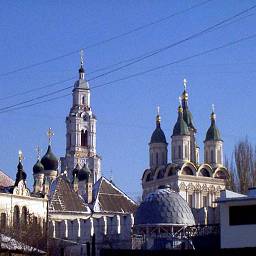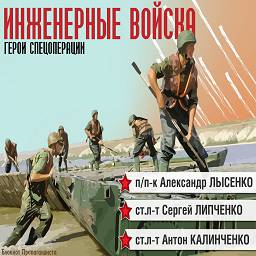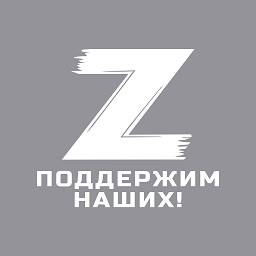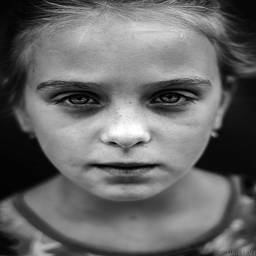Путь:
Quick Links
Language [ ENGLISH РУССКИЙ ]
Search
Подписка и соц. сети
New Materials
- Comprehending Viagra Soft Advantages, Drawbacks, and Application 2025-01-24
- Affordable Instagram Growth with InstagFollowers.shop Free Followers and Guaranteed Results 2024-12-18
- Buy instagram followers 2020-09-09
- FISCAL FEDERALISM THE CANADIAN EXPERIENCE 2020-03-22
- Analysis of differentiation of socio-economic development of the Russian regions 2020-03-22
- Economic development in the Russian regions institutional and macroeconomic problems 2020-03-22
- Russias North Economic Problems of Development 2020-03-22
- Problems of Fiscal Federalism in Russia 2020-03-22
- REGIONAL ASPECTS OF THE FEDERAL ECONOMIC POLICY 2020-03-22
- THE TELEVISIONS PROJECT 2020-03-22
- Journeys into History Through the Future 2020-03-22
- Artists Bring the Computer to Life 2020-03-22
- Culture in the Upcoming Millenium 2020-03-22
- What is a work of telecommunicative art 2020-03-22
- Tatiana Didenko Executive Producer 2020-03-22
Картинка недели
helpful
Evaluation section:
0
Категории
ASIAN AEROSPACE 1996
Date of publication: 2017-10-13 22:54:23Дата модификации: 2017-10-13 22:54:23
Views: 1495
The article is timed to the date: 1996-02-06
Other articles related to: Date1996-02-06 Articles for: Year1996
Author: admin
The eight Asian Aerospace air show at Changi airport was working from February 6 till February 11 with more than 929 companies from 36 countries participating. Fifty two aircraft were shown at two display sites and in the air, from which twenty two attended the exhibition in Singapore for the first time.
Russia was represented at the show by 36 companies and organisations. Russian aircraft on display were the Ilyushin Il-96M wide-body airliner fitted with PrattWhitney engines and Rockwell Collins avionics, the Tupolev Tu-204 airliner powered by Rolls-Royce motors, Sukhoi Su-27 fighter, Kamov Ka-32T helicopter and Aviapract A-21 two-seater light airplane.
We could not say that all Russian exhibits have drawn attention of local decision-makers partly because American companies have strong positions in the market of the South-Eastern Asia. However, meetings and discussions at the show highlighted an interest in our existing aircraft and an intention to co-operate in development of new projects.
The matters of probable partnership were the topic of meetings between representatives of the Russian aviation industry and foreign companies such as Boeing, PrattWhitney, Lockheed Martin, Honeywell, Allied Signal from the USA, Aerospanciale and SNECMA from France, Samsung Aerospace from South Korea and STA from Singapore.
The Su-27 demonstration was a great success. Despite low clouds over Singapore, which did not allow Anatoly Kvochur to show all what the fighter could do, the Asian Aerospace organisers noticed its clear edge over the F-16, F/A-18, Mirage 2000 and Rafale-B. Prospects of probable international partnership were given at the meeting of Russian delegation heads, leading designers and scientists with representatives of the mass media.
Yuli Kashtanov, general designer deputy at Tupolev scientific industrial organisation, spoke about the firm’s invitation to foreign companies to take part in the programme of the Tu-334 feeder airliner, whose first prototype should be flown next year. Speaking about Tupolev’s plans for the nearest future, he announced that the Tu-204 airliner would presently commence scheduled flights on routes from Moscow to Sochi, MIneralnye Vody, Dubai and Lisbon. He claimed that there had been negotiations with some Asian air companies interested in purchases of the Tu-204. The firm would soon have completed the process of handing over the set of drawings to the manufacturing facility in Kazan, from where the first prototype would be rolled out in 1997. The full-scale production would start in 1998. The flight testing on the Tu-144 would begin this year. The airplane would be used by American firms as a test-bed for evaluating design solutions to be incorporated in future supersonic aircraft.
Edward Neimark, the head of the Russian delegation, touched on the theme of negotiations on selling a new batch of Su-27 fighters to China and a possible production of the type there under licence. He said there should be no increase in the tension in the region as an aftermath of the deal. Other Asian countries also showed an interest in the Sukhoi Su-27 and Mikoyan MiG-29.
Answers to the question about the current state of the An-70 transport aircraft project were that Antonov scientific industrial organisation had not been knocked out by the crash of the first prototype and that the construction of the second prototype was under way. All the four Progress D-27 engines would have been delivered by the end of March with the aircraft ready for take-off in May.
Anatoly Kvochur told newspaper men and specialists about the point of further increases in manoeuvrability of fighters. He said that the existing Su-27 without thrust-vectored system is 1.3...1.4 times more manoeuvrable than its western contemporaries. Only the F-22 is close to the Su-27 in this area. Admittedly, Anatoly Kvochur added, the American fighter had not been tested thoroughly yet. The development of the Su-27 would continue in the shape of the Su-35 and Su-37 with the latter fitted with a thrust-vectored system. Kvochur claimed the system would increase combat capabilities of the fighter tenfold or so. He did not expect western countries to roll out so advanced aircraft for quite a while.
The presence of the Russian delegation at the show resulted in signing new contracts, including the deal concluded between helicopter-builder Kamov and Lucky Goldstar from Korea on delivery of six Ka-32T helicopters. Negotiations between the Russian delegation and Chinese civil aviation authorities touched on the theme of deliveries to China of Ilyushin Il-96, Il-114 and Tupolev Tu-204 airliners.
Evaluation of the document:
0
Article description: The eight Asian Aerospace air show at Changi airport was working from February 6 till February 11 with more than 929 companies from 36 countries participating.
Other articles of the section: helpful
Previous OPERATIONAL PLAN EDUCATIONAL PROGRAMMES AND TECHNOLOGIESNextON THE LAND OF ABAI

















